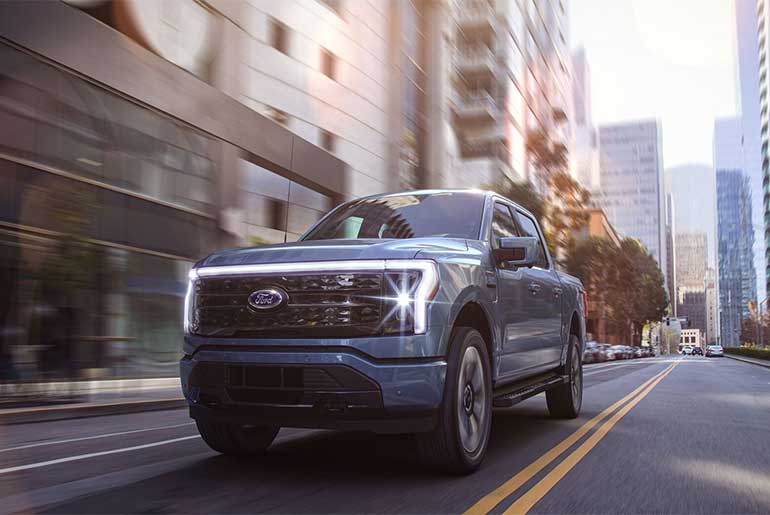Can Ford actually compete with the electric cars made in China? The American carmaker thinks it might be the secret to taking on Chinese EV manufacturers. Ford provided additional information on its planned low-cost electric vehicle platform and its strategy for staying competitive with China.
Ford says its new low-cost EV platform will match China
Do you recall the “skunkworks” group that Jim Farley, the CEO of Ford, disclosed was developing a new electric vehicle platform last year?
The secret is out, and it’s not that small. The team, which has expanded to about 500 workers under the leadership of former Tesla engineer Alan Clarke, includes several former employees of Apple, Rivian, Lucid, and Tesla.
“The ultimate competition is going to be affordable Tesla and the Chinese OEMs,” Farley stated during the company’s earnings call early last year. Ford’s CEO stated in October 2024 that the group are comparing prices “against the best competitors in the world”, including those in China.
Farley claims that the midsize electric pickup that will be the first car built on the new platform will “match the cost structure of Chinese OEMs building in Mexico”.
Last week, Ford’s VP of tech platform projects and EV systems, Lisa Drake, and lead automotive analyst Daniel Roeska of Bernstein had a “candid dinner discussion” regarding the new platform.
“Lisa Drake was explicit: Ford intends to match the cost structure of leading Chinese players,” Roeska wrote in a note to investors (via Axios). “That includes not only battery pricing but the entire system cost, from chassis and thermal systems to inverters and electronics,” the note continued.
Ford will employ prismatic LFP batteries that are licensed from CATL, the top EV battery manufacturer in China, in order to save money. A new facility in Michigan will produce them.
Ford’s new low-cost EV platform will accommodate eight body designs, including trucks, crossover SUVs, and possibly even sedans, Drake clarified. It is anticipated that Ford’s first affordable model, a midsize EV pickup, will resemble an electric Ranger.
Roeska clarified, “It’s meant to support Ford’s EV strategy for a large portion of the next decade, with eight body styles and potential worldwide applicability.”
There are still some obstacles for Ford. Ford anticipates receiving about $700 million in federal tax credits to help defray some of the approximately $3 billion cost of the new LFP battery facility in Michigan. It might have a difficult time as Republicans want to remove government subsidies and other incentives for batteries, EVs, and other clean energy projects.
Can Ford use its new low-cost EV platform to compete with China? The Trump administration’s efforts to undermine it don’t help either.
Farley described Xiaomi’s SU7 as “fantastic” on the Fully Charged Podcast after piloting the Chinese EV from Shanghai to Chicago last year, even going so far as to say he “doesn’t want to give it up“. Since its March introduction, Xiaomi has shipped more than 200,000 SU7 units.
“To really understand and beat the competition, you have to get behind the wheel,” Farley emphasised. Ford will need to catch up to Chinese electric vehicle manufacturers like BYD, who are rapidly entering new international markets.

